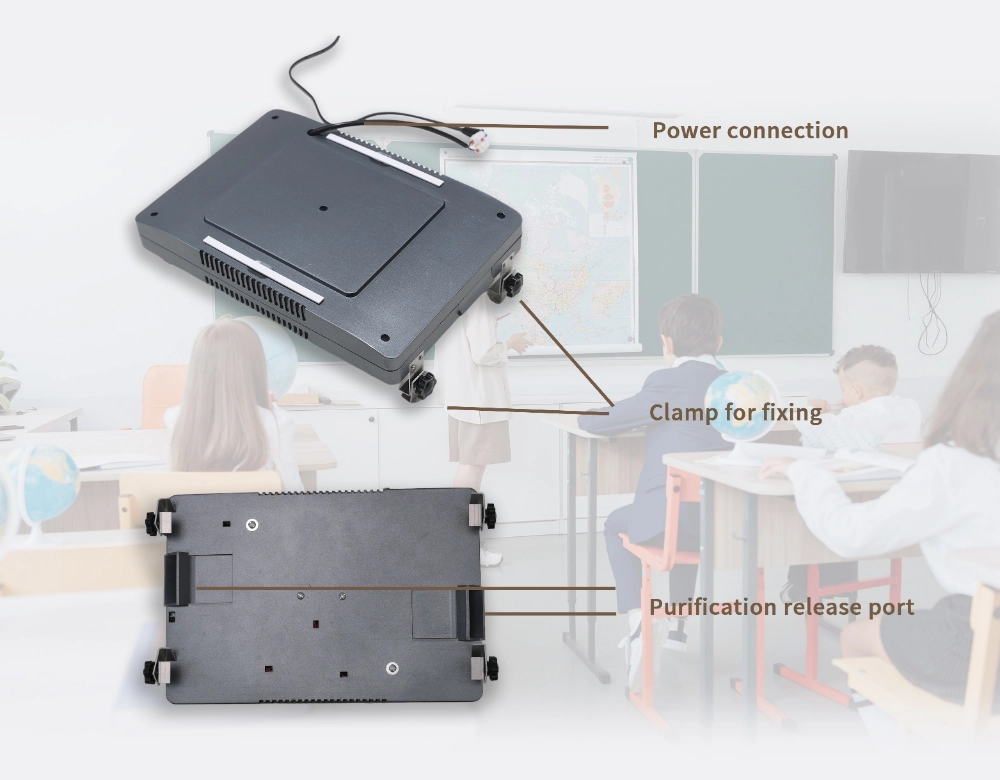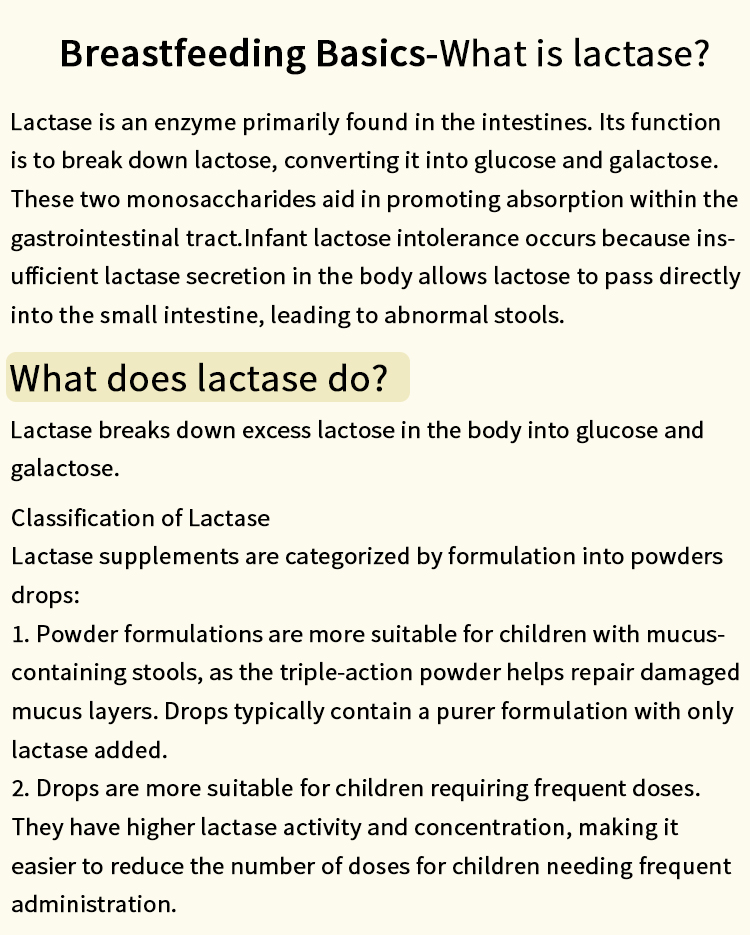The Foundation of Fitness: Understanding the Critical Role of Flooring in Your Home Gym
When it comes to designing a home gym, many enthusiasts focus on equipment, lighting, and layout, often overlooking a crucial element: flooring. The type of flooring you choose can significantly impact your workout experience, safety, and even the longevity of your equipment. In this article, we will delve into the importance of flooring in a home gym, exploring various materials, their benefits, and how to select the right option for your fitness space.
The Functional Role of Flooring
- Safety First: One of the primary functions of gym flooring is to provide a safe environment for exercise. High-impact workouts, such as weightlifting or high-intensity interval training (HIIT), can lead to slips and falls if the flooring is not adequately designed. Non-slip surfaces are essential to prevent accidents, especially in areas where sweat may accumulate. Additionally, flooring that offers shock absorption can reduce the risk of injury by minimizing the impact on joints during high-impact activities.
- Equipment Protection: Home gym flooring serves as a protective barrier for your equipment and the underlying structure of your home. Heavy machines and weights can cause damage to hardwood or tile floors, leading to costly repairs. Specialized gym flooring materials, such as rubber or foam tiles, can absorb the weight and impact, extending the life of your equipment and preserving your home’s flooring.
- Noise Reduction: Another often-overlooked aspect of flooring is its ability to dampen noise. Whether you’re lifting weights or doing cardio, the sounds generated can be disruptive, especially in multi-level homes or shared living spaces. Sound-absorbing flooring materials can help minimize noise, creating a more pleasant environment for both you and your neighbors.
Choosing the Right Flooring Material
When selecting flooring for your home gym, it’s essential to consider the type of workouts you plan to do. Here are some popular flooring options, along with their benefits:
- Rubber Flooring: This is one of the most popular choices for home gyms due to its durability and shock-absorbing properties. Rubber flooring is resistant to moisture and easy to clean, making it ideal for high-intensity workouts. It also provides excellent traction, reducing the risk of slips.
- Foam Tiles: Foam flooring is lightweight and easy to install, making it a great option for those who want a temporary or flexible gym setup. It offers good cushioning, which is beneficial for activities like yoga or Pilates. However, foam may not be suitable for heavy weightlifting, as it can compress under significant weight.
- Carpet Tiles: While not as common, carpet tiles can provide a comfortable surface for bodyweight exercises and stretching. They offer some insulation and sound absorption but may not be ideal for high-impact workouts due to their lack of durability.
- Vinyl Flooring: Vinyl is a versatile option that can mimic the look of hardwood or tile while providing a cushioned surface. It is water-resistant and easy to clean, making it suitable for a variety of workouts. However, it may not provide as much shock absorption as rubber.
The Aesthetic Appeal
Beyond functionality, flooring can also enhance the aesthetic appeal of your home gym. The right flooring can tie the room together, creating an inviting and motivating space. Consider colors and patterns that reflect your personal style and complement the overall design of your home. Many flooring options come in various colors and designs, allowing you to customize your gym to your liking.
Maintenance and Longevity
Choosing the right flooring is not just about immediate benefits; it’s also about long-term maintenance. Some materials require more upkeep than others. For instance, rubber flooring is generally low-maintenance, while carpet tiles may need regular vacuuming and occasional replacement. Understanding the maintenance requirements of your chosen flooring will help you make an informed decision that aligns with your lifestyle.
Conclusion
In conclusion, flooring is a fundamental aspect of any home gym that should not be overlooked. It plays a vital role in safety, equipment protection, noise reduction, and overall workout experience. By carefully considering the type of flooring that best suits your fitness needs and aesthetic preferences, you can create a home gym that is not only functional but also inspiring. Investing in quality flooring will enhance your workouts and contribute to a safer, more enjoyable fitness environment. Remember, the right foundation can make all the difference in your fitness journey.

